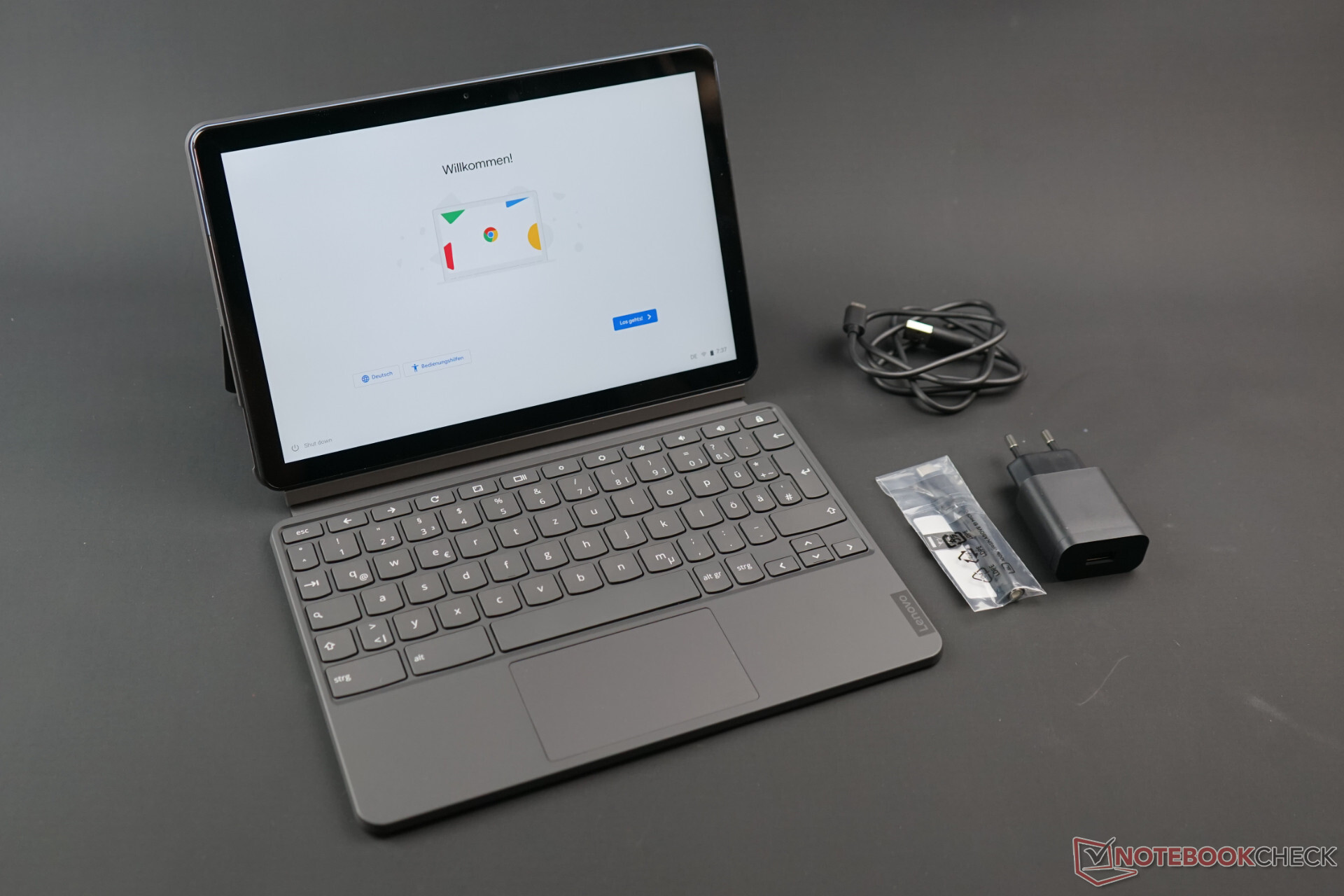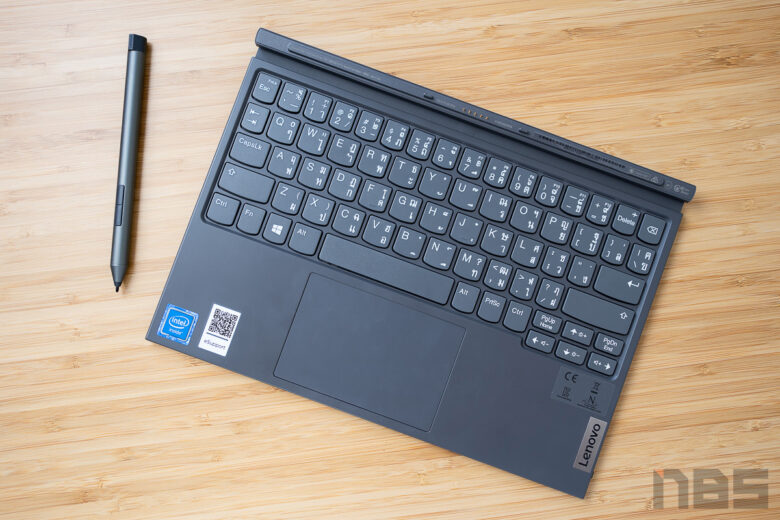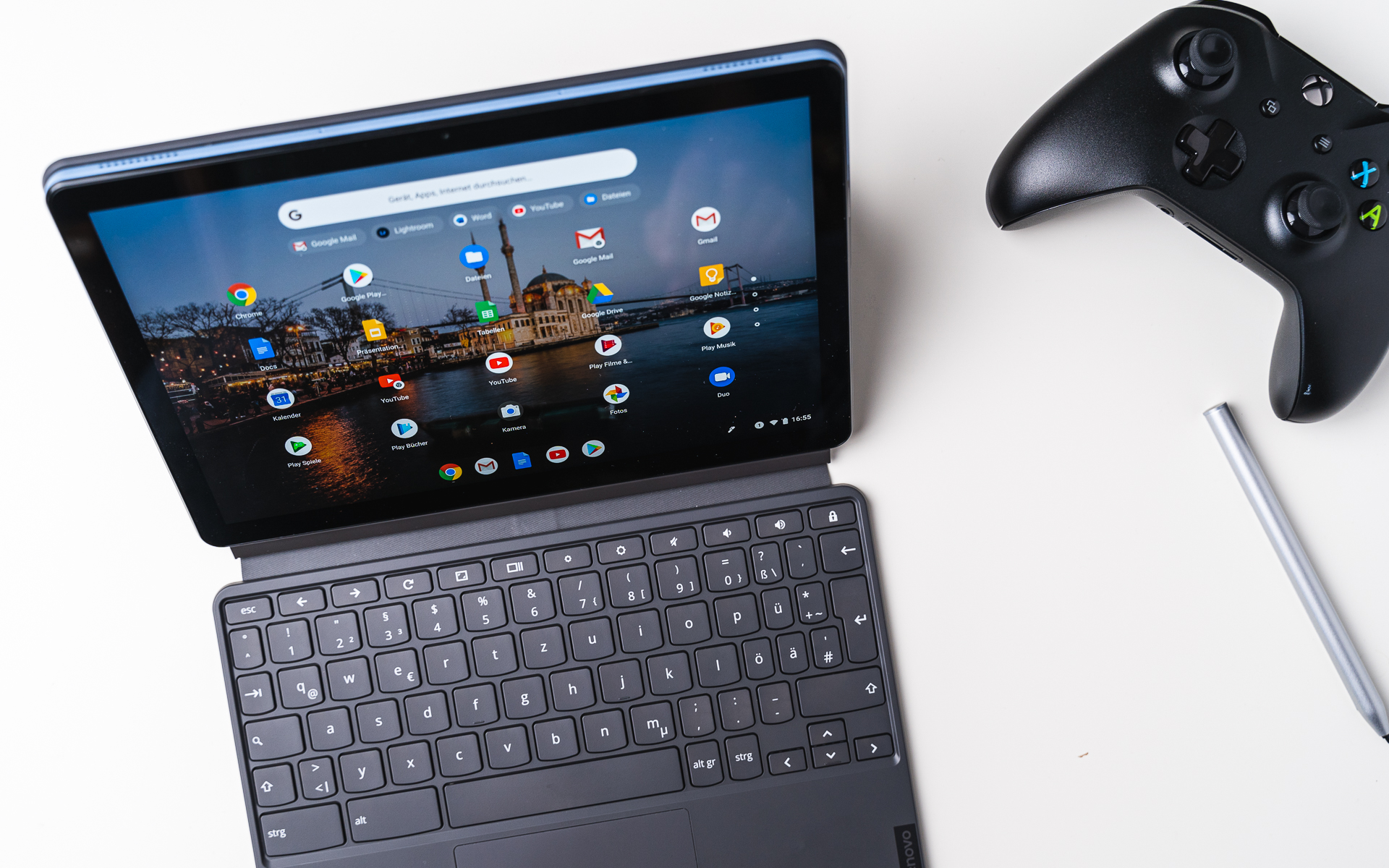

As common denominators, both of these tablets are thin, light, have amazing battery life, great screens, they come with the keyboard and kickstand in the box, and both support USI pen input. From HP’s 11-inch 3:2 tablet to the Lenovo Chromebook Duet 5’s 13.3-inch screen to the comapany’s latest Duet 3 and it’s 11-inch 16:10 display, there are some variations we now have to consider when we talk about which Chrome OS tablet is the best one for the money.įor today, we’re focusing on the Duets: both the recently-announced 11-inch Duet 3 and the more-established, 13.3-inch Duet 5. While the collection of available Chromebook tablets is still small, we at least have some options. More tablets, more form factors, more decisions When that tablet hit store shelves, you would have thought every potential Chromebook user was only in the market for a tablet, and the Duet was the only game in town.

The original Duet was a huge success that was only made bigger by the onset of the pandemic.

With the introduction of the original Chromebook Duet in early 2020, Lenovo showed up on the scene and completely stole the show. Lenovo is clearly the front-runner when it comes to Chrome OS tablets.

Today we want to help a bit by looking at two tablets with very similar names and very different use cases. It’s a great problem to have, sure, but a problem is still a problem, and at the end of the day, problems need to be solved. That being said, there’s definitely more selection in this space than we’ve ever had before, and that means potential buyers like you and me are going to have far more choices to wade through than we’ve had in the past. Compared with clamshell and convertible Chromebooks, there aren’t a ton of Chromebook tablets out there on the market. Let’s be clear: the Chromebook tablet revolution hasn’t exactly taken the world by storm.


 0 kommentar(er)
0 kommentar(er)
